Weird Animals
Banff’s Strange Mermaid: Legendary Lake Monster or Just Trading Post Treasure?
Published
1y agoon
/ 623 ViewsAs a researcher of unusual historical phenomena, I investigate strange stories, but I had no intention of doing so in Alberta, Canada. However, I came across something really strange in the small vacation town of Banff.
I stopped at a hunter shop called the Banff Indian Trader Shop. In the back was a glass case that housed a strange-looking mummy, which was supposed to belong to a merman (mermaid). Just looking at it, it was obviously fake: different animal parts combined to create a creature that probably doesn’t exist.

A newt in Lake Superior?
However, in the same case there was an article titled A Newt in Lake Superior that had first been printed in the Canadian Magazine and Literary Repository in 1824, and a story credited to Stoney Nakoda called Enoch Baptiste, which was translated by Horace Holloway in 1954. This is the story as it appears in the case:
“To the northeast of Lake Minnewanka is a mountain with a tall, sharp, towering peak. From a great distance you can see snow on its top, but there is never any snow on its side. The mountain is so steep that the snow does not stay on it. Because spirits lived on top of it, the Indians called it a spirit mountain.

The nearby lake was named Minnewanka, which means Water of the Spirits. Every time they traveled in the vicinity of the lake, they heard the voices of the spirits. As they passed, they couldn’t see anything that made the sounds, but they could hear the sounds.
Once, when our people were camping near the lake, my father heard what seemed to be the sound of a drum. The noise seemed to come from the water. He could also hear voices in the lake. He soon realized that the water was reaching the shore. He approached the camp, and then came back again.
Soon my father saw, near the center of the lake, a strange creature coming out of the water. He was half fish and half human. He had carried the water to shore and then come to the surface. As my father watched, the fish-person sank back into the lake.
Other people also saw the strange creature. They were so scared that they broke camp and never camped there again. All the Indians stayed away from that water. There was no fishing or canoeing on Lake Minnewanka until the whites came.
Strange creatures in other lakes were sometimes killed by lightning, but I’ve never heard of this one being killed.
Many Indians are still afraid of the lake. A few years ago, some Indian boys were working there, helping to build a dam. They did not want to work in that place, because they had heard about the strange fish-person. One of the boys died in a freak accident. Some people say that the accident happened because the spirits did not like the trees near the lake to be destroyed.”
Explanations for the legend of the merman

Obviously a strange story, there is no information available as to whether or not this story is legit, if in fact it is a Native American legend. Assuming it is, we have to look at the elements of the story to venture a guess as to why it was created. The first possibility is unlikely: that a creature was actually seen in the lake. Another is much more plausible: the mountain near the lake and the lake itself were considered sacred places, places called Spirit Mountain and Spirit Water, but according to the Stoney Nakoda legend, the indigenous inhabitants were afraid of the place and avoided it; only invaders frequented the place. The legend of a supernatural creature could have been created to keep settlers away from a seemingly numinous place.

Although this is certainly possible, there are other more modern stories to explain the newt at the Indian Trading Post, located near the Banff Avenue bridge. People in the town have varied explanations, such as it coming from England in the 1940s and its creation as a kind of freak attraction; But the CEO of the Whyte Museum in the Canadian Rockies has evidence that another story is true: Norman Luxton (1876-1962), a major figure in the development of the city of Banff, was the store’s original owner.

Luxton’s story
The son of William Luxton, co-founder and editor-in-chief of the Winnipeg Free Press, Norman worked for his father for some time before heading to Calgary, where he worked for the Calgary Herald. In 1901 he traveled to Vancouver, where he continued to work as a writer for Town Topics. There he met John Voss (1858-1922) who had a seemingly crazy idea: to travel around the world in a century-old Nootka canoe. Norman decided to accompany John on this journey, and they left British Columbia and headed west. After traveling some 10,000 miles over the course of five months, the boat struck a reef off the coast of Fiji and both men were injured, Voss seriously. He was taken to a hospital in Australia, and Luxton soon returned to Banff to recover.
In Banff, he became a prominent member of the community. He started the Crag and Canyon newspaper, built the King Edward Hotel and the Lux Theatre, and established the Goat’s Curiosity Shop Sign. He also established the trading post where the strange mummy is located. The Whyte Museum has a collection of artifacts belonging to William Luxton, including a shipping bill from Java that reads “a fish man”. Ted Hart, the museum’s director, believes that Luxton bought the piece when he was in the South Pacific in 1915 and then ran a story, which was published in local newspapers, to attract customers to his trading post, resulting in an increase in income.
Many facts line up to support this. Java, located in Indonesia, is 4,500 miles northwest of Fiji, where their ship was destroyed and they claimed to have traveled some 10,000 miles before the accident. Given the size of their ship, it is likely that they chose to stay close to shore. If so, they would have passed very close to Java, so he could have legitimately bought it there and then just made up a story to go with it. His background in publishing and writing, and the prominent position he occupied, could have prevented anyone from doubting his story. Furthermore, he may have even convinced some Native Americans to back up the story, including Enoch Baptiste, who allegedly told the story shown in the case next to the body.
Norman Luxton sold Native American products in his store, which means the more he made, the more they made. Why not tell a story if it will result in a better life for you and your family? After all, he even had a body to back it up! Local resident Michelle Garbert now owns the trading post and her father was a good friend of Luxton’s. She doubts that Java’s receipt is authentic; instead, she believes that Norman created him to support his fictional story, stating that it was like him to do such a thing.
A strange composite creature
The newt is clearly a composite creature. With an upper body that was likely crafted from some unknown substance to resemble a rib cage and meat, and a scaly lower body that is clearly made from at least one variety of fish, he also has gray hair. short, fur-like, on the head, arms, and midsection. I wouldn’t even say it was cleverly done. However, it continues to attract curious visitors to the back room of the local merchant’s store. Still, while the creature’s creation as a customer magnet is the most likely explanation for its origin, there are unanswered questions.

The other document in the case (A Newt in Lake Superior) mentions the possible existence of many unusual creatures that witnesses claim to have seen. Asking the question, “Does it exist?” its author ventures an answer:
“It is rarely seen, and it is little known, it is not an argument against it; for, although the fiery spirit of inquiry has made many discoveries in later ages, these have only served to establish more firmly the fact that ‘myriads of beings possess this world invisible to mortal eye’. The hidden things of this world, the more man advances, the more extensive a field for his investigation opens to his sight; and only a brief progress in the course will compel him to confess that there are more things in this world than are dreamed of in our philosophy.”
In other words, it’s possible that a variety of unlikely creatures actually exist, even though they’re rarely seen.
Today, the Banff newt appears on websites, including one run by the Banff Indian Trading Post, and even appears to have its own Twitter account (btpmerman), where his self-introduction reads, “My name is Herman the Merman. I enjoy swimming in the lake at sunset and shopping at the Banff Indian Trading Post.”
AuthorKen Jeremiah
You may like
-
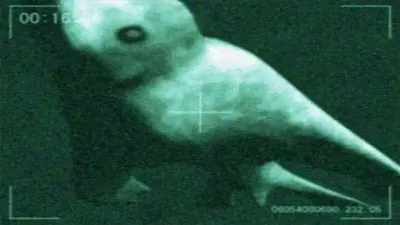

The Legend Of The Gigantic Ningen: Could An Intelligent Aquatic Civilization Exist?
-
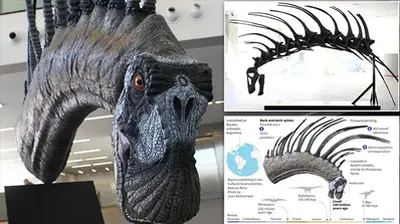

Scientists Discover An All-New Dinosaur Species In Argentina – Roamed the Earth 140 million years ago
-


Russian Researcher Claims They Battled The Organism 46B Creature Under Antarctic Ice
-
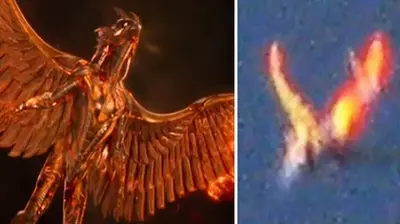

Did The Ancient God Horus Return To Earth? Bizarre Burning Creature Recorded Flying In Colorado
-
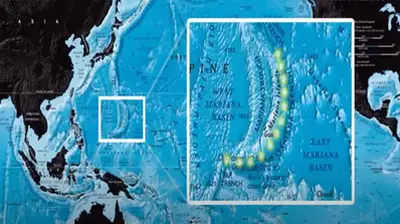

Did N.O.A.A Just Confirmed The Existence Of Huge Sea Monsters?
-


Ancient Fossilized Dinosaur Eggs With Immense Claws Were Discovered in Mongolia
Tobias Harris Player Prop Bets: 76ers vs. Knicks | April 20
Josh Hart Player Prop Bets: Knicks vs. 76ers | April 20
Tampa Bay Rays vs LA Angels Prediction 4-17-24 Picks
Philadelphia Phillies vs Colorado Rockies Prediction 4-17-24 Picks
PrizePicks – NBA – 4 Pick POWER Play – 4-17-24 – 7:10pm
PrizePicks – NHL – 4 Pick POWER Play – 4-17-24 – 7:08pm
Tampa Bay Lightning vs. Toronto Maple Leafs odds, tips and betting trends
Calgary Flames at Vancouver Canucks odds, picks and predictions

qq The Watched Dog, with its Two Legs Bound and Discarded in a Landfill, Ignited Immense Anger Among Viewers.

TS.Elephant Love: A Tender Trunk Lock Warms Hearts

National Exercise Day (April 18th)
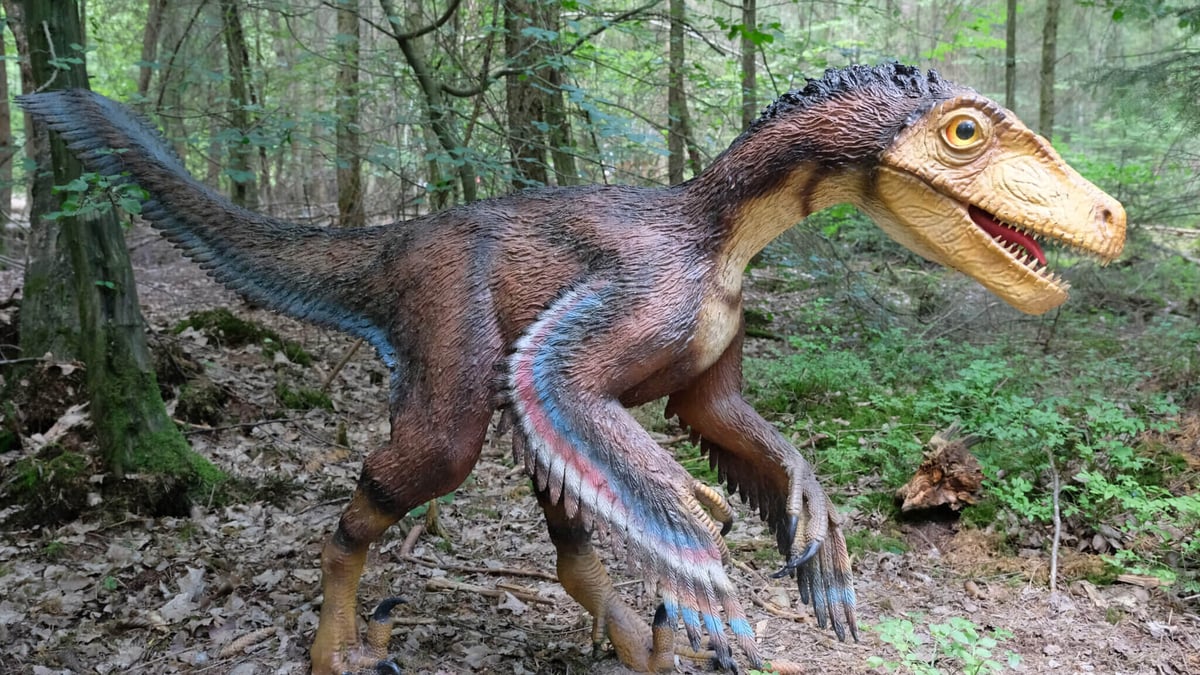
National Velociraptor Awareness Day (April 18th)

Useless Island 2 – Official SoLA Growth Gameplay Launch Trailer

“Technique Performing – Details and Myths”

IFAB Trial to Tackle Time Wasting; Celtic Fans Will be Delighted

Celtic Star Reveals He’s Putting in Extra Work Ahead of Title Run in
Trending
-

 Weird Animals3d ago
Weird Animals3d ago.Touching Reunion: Gray Bear Embraces Woman in North American Woods After 5-Year Separation, Demonstrating Unwavering Connection!..D
-
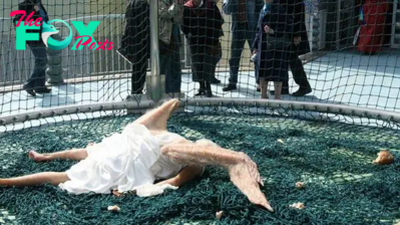
 Weird Animals3d ago
Weird Animals3d ago.Initial Skepticism Dispelled: Viral Video of Winged Creature Landing on Football Field Sparks Global Interest!..D
-

 Weird Animals4d ago
Weird Animals4d ago.Cracking the Code: Exploring the Enigmatic Indian Ocean Fish Mutant with Astounding Tiger-Like Traits!..D
-
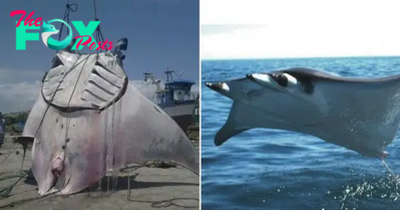
 Weird Animals6d ago
Weird Animals6d ago.Unbelievable Catch: American Fishermen Reel in Massive 27-Foot Stingray with Formidable 680-Volt Electric Charge, Caught in Nets!..D
-

 Weird Animals1w ago
Weird Animals1w ago.Heroic Act: Fearless Sea Explorer Saves Massive 40-Foot Shark, Freeing It from Metal Fish Hook in Inspiring Encounter!..D
-
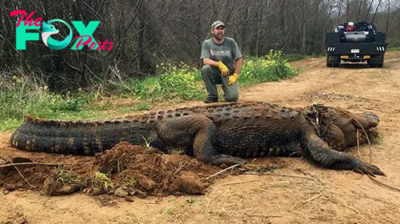
 Weird Animals1w ago
Weird Animals1w ago.Unbelievable Meeting: Massive 22-Foot Alligator Stops American Driver, Makes Unexpected Meal Request, Astonishing Spectators!..D
-
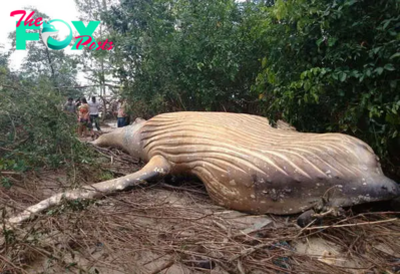
 Weird Animals1w ago
Weird Animals1w ago.Mind-Blowing Find: Researchers Stunned by Encounter with 10-Ton Whale Among Amazon Rainforest Greenery, Uncovering a Puzzling Revelation..D
-
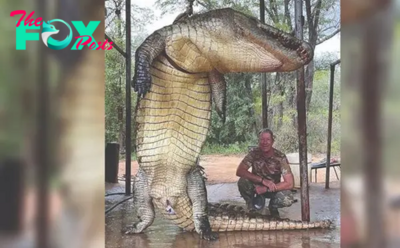
 Weird Animals1w ago
Weird Animals1w ago.Hunting the Mythical Giant: Exploring Man’s Quest for the Legendary 9-Meter, 4-Ton Behemoth..D







